The world of bobsleigh racing is a thrilling blend of speed, precision, and physics. One of the most critical factors influencing the performance and safety of a bobsleigh run is the centrifugal force experienced by the sled and its crew as they navigate the high-banked curves of the track. Understanding how this force operates is essential for athletes, engineers, and enthusiasts alike.
Centrifugal force, often misunderstood as a "real" force, is actually a perceived effect of inertia when an object moves along a curved path. In the context of bobsleigh tracks, this apparent outward force pushes against the sled as it races through turns at speeds exceeding 130 km/h. The track's designers must carefully calculate banking angles to counteract this force, ensuring that the bobsleigh maintains optimal contact with the ice without excessive friction or dangerous lift-off.
The physics behind these calculations involves multiple variables including the sled's velocity, the curve's radius, and the angle of the banking. At higher speeds, the centrifugal effect increases exponentially, demanding steeper banking angles to create sufficient counteracting centripetal force. Modern tracks like those used in the Olympics feature computer-designed curves where the banking angle changes progressively to match the expected speed of the sled at each point along the turn.
Engineers use the formula F = mv²/r to determine the centrifugal force, where m is the mass of the bobsleigh and crew, v is the velocity, and r is the radius of curvature. This calculation directly informs the required banking angle θ through the relationship tanθ = v²/rg, with g representing gravitational acceleration. These equations reveal why certain tracks are considered more technically challenging than others - tighter curves at high speeds demand extreme banking angles approaching 50 degrees in some world-class tracks.
Real-world implementation of these principles requires careful consideration of human factors. While the physics might dictate a theoretically perfect curve, the athletes' ability to withstand g-forces and maintain control introduces practical limitations. Most bobsleigh crews experience forces up to 5g in the most demanding corners, pushing the limits of human endurance. Track designers must balance the pure physics with the physiological capabilities of the athletes.
The history of track design shows an evolution in understanding these forces. Early bobsleigh tracks featured relatively shallow banking, leading to frequent accidents as sleds would often flip when centrifugal forces overcame the available counteracting forces. The famous St. Moritz track, built in 1904, had banking angles below 20 degrees - a far cry from modern standards. Today's tracks incorporate years of research and accident analysis to create profiles that maximize both safety and competitive fairness.
Weather conditions add another layer of complexity to these calculations. Ice temperature affects the sled's speed and consequently the centrifugal forces generated. Colder ice typically results in faster times but also greater forces in the curves. Teams must adjust their strategies accordingly, sometimes opting for slightly slower lines that reduce g-force impact on the crew while maintaining control through critical sections of the track.
Advanced simulation technologies now allow designers to test virtual tracks before construction begins. Computational fluid dynamics models predict how the sled will interact with the ice surface, while finite element analysis assesses the structural requirements of the banking. These tools have revolutionized track design, enabling the creation of courses that push athletic boundaries while maintaining rigorous safety standards.
The relationship between centrifugal force and bobsleigh performance extends beyond track design. Athletes train specifically to withstand the tremendous forces encountered during runs. Neck muscles in particular require strengthening to prevent injury when the head - weighing approximately 5 kg - effectively becomes 25 kg during 5g corners. This physiological adaptation is as crucial to success as the sled's technical specifications or the driver's skill.
Looking toward future developments, researchers are exploring how new materials and construction techniques might allow for even more optimized track geometries. Some proposals include dynamically adjustable banking systems that could compensate for varying ice conditions or accommodate different sled classes. While such innovations present significant engineering challenges, they demonstrate how centrifugal force considerations continue to drive evolution in this extreme sport.
For spectators, understanding these physics principles adds depth to the viewing experience. When watching bobsleigh events, the dramatic banking of the curves becomes more than just a visual spectacle - it represents a precise mathematical solution to the problem of maintaining control at breathtaking speeds. The harmony between calculated design and athletic execution is what makes bobsleigh one of the most technically sophisticated sports in the Winter Olympics.
As the sport progresses, the calculation and management of centrifugal forces will remain central to both performance and safety. From the initial track design phase through to the final milliseconds of a championship run, these invisible forces shape every aspect of bobsleigh racing. The continued refinement of these calculations ensures that the sport can keep pushing boundaries while protecting its athletes - a delicate balance that lies at the heart of this icy adrenaline rush.

By James Moore/May 9, 2025

By Christopher Harris/May 9, 2025

By Elizabeth Taylor/May 9, 2025

By Amanda Phillips/May 9, 2025

By Daniel Scott/May 9, 2025
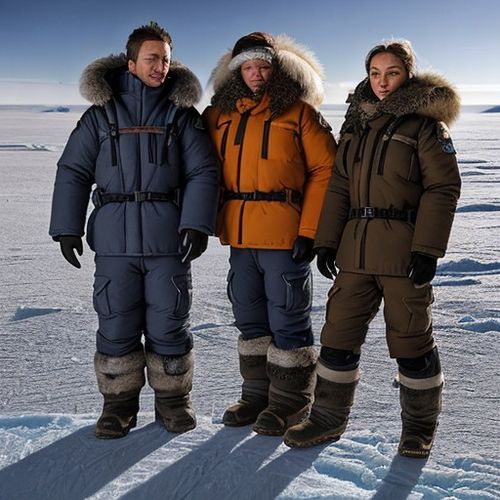
By Laura Wilson/May 9, 2025

By Christopher Harris/May 9, 2025
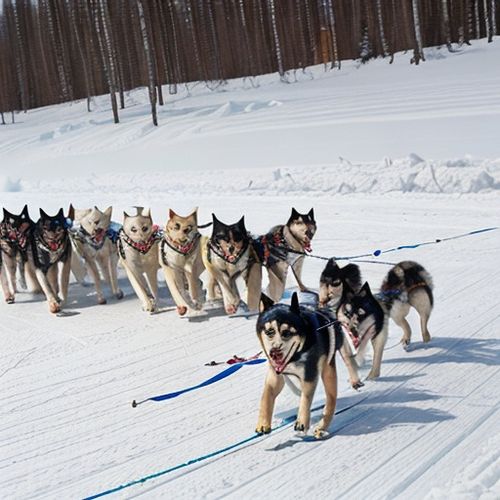
By William Miller/May 9, 2025
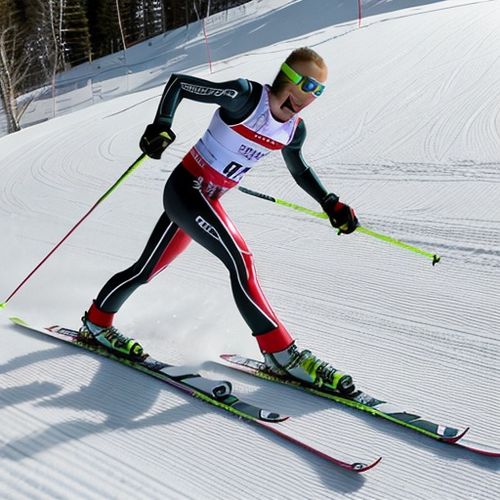
By Jessica Lee/May 9, 2025
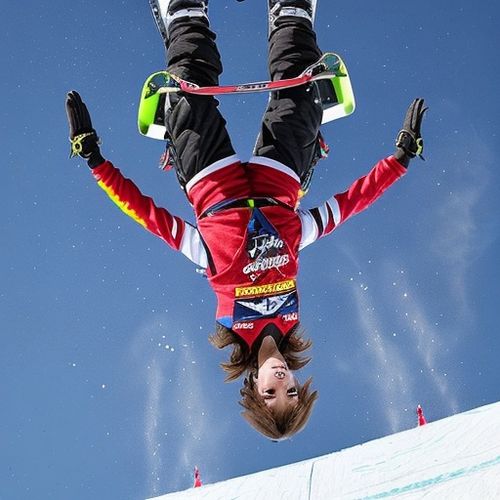
By Noah Bell/May 9, 2025
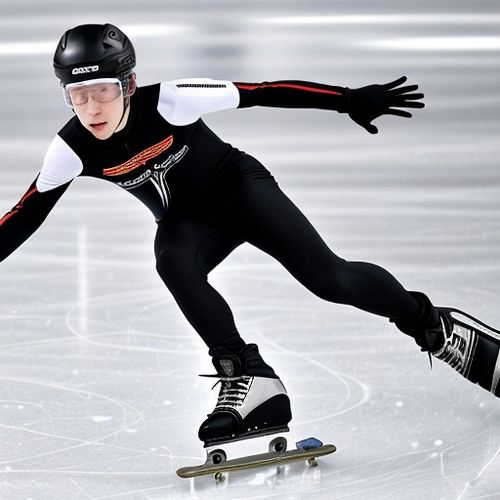
By Amanda Phillips/May 9, 2025
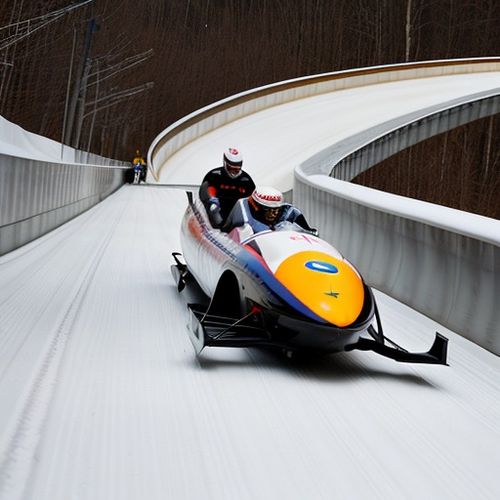
By Samuel Cooper/May 9, 2025
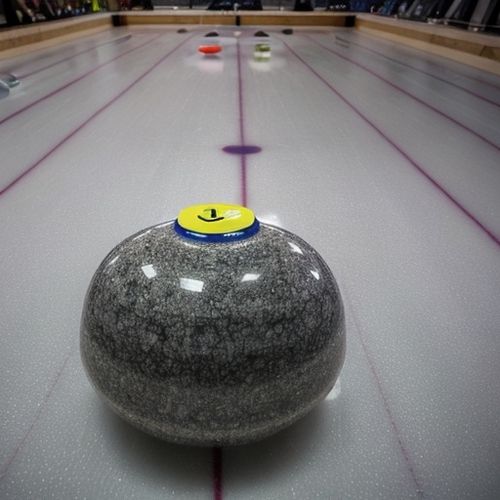
By William Miller/May 9, 2025
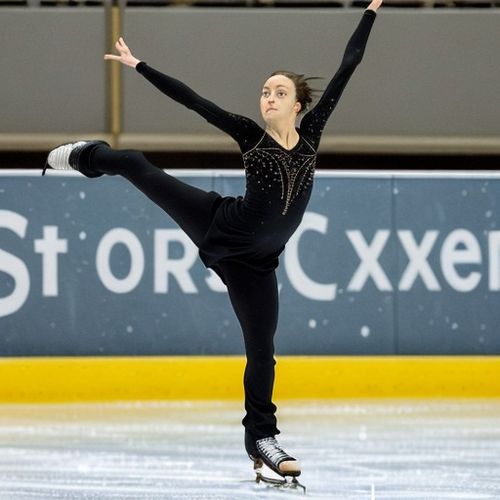
By Olivia Reed/May 9, 2025

By Natalie Campbell/May 9, 2025
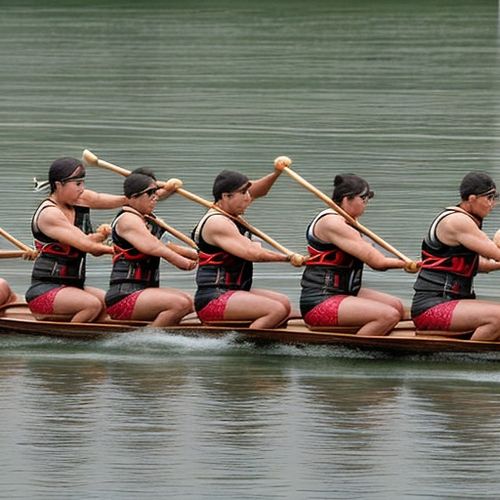
By Sophia Lewis/May 9, 2025
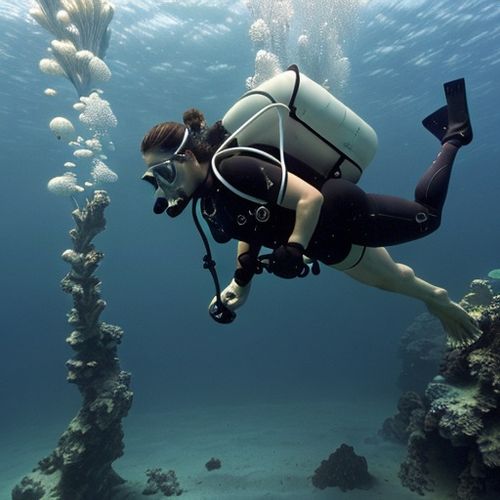
By Sarah Davis/May 9, 2025
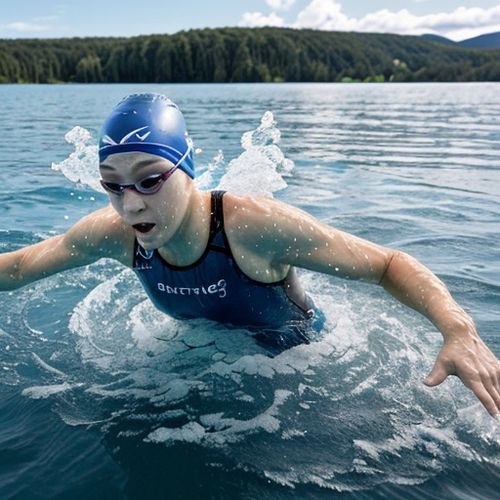
By Grace Cox/May 9, 2025

By John Smith/May 9, 2025
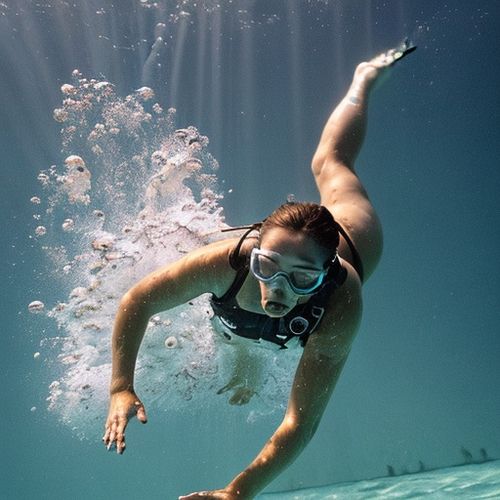
By Noah Bell/May 9, 2025